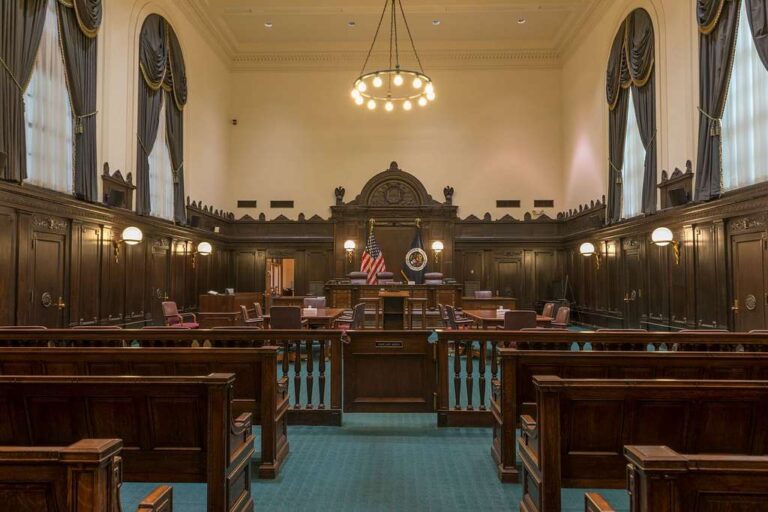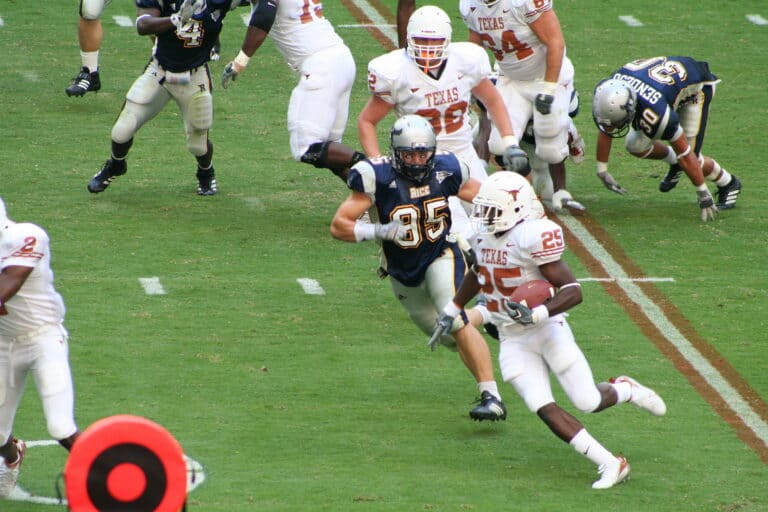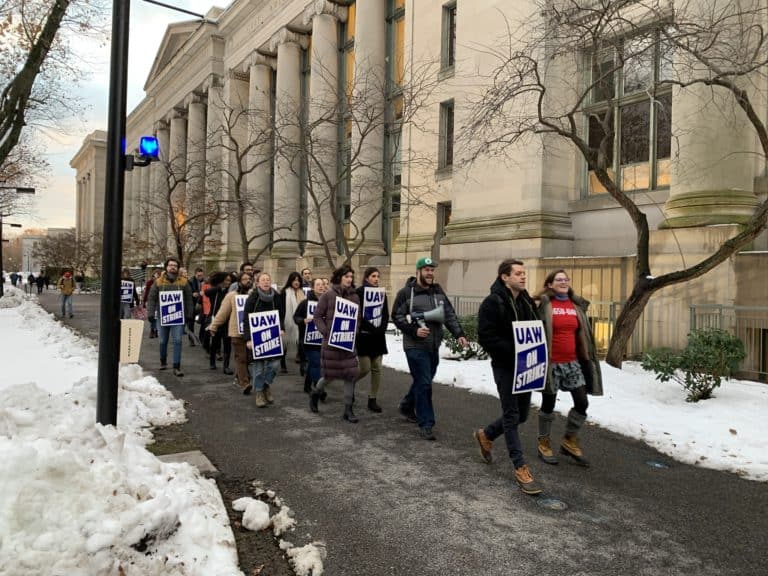A video produced by Target for use during captive audience meetings was leaked last month. The video warns employees, “If Target faced rigid union contracts like some of our competitors, our ability to serve our guests could suffer dramatically – and with fewer guests, what happens to our team?” It added that if a union were elected, “chances are [it] would change our fast, fun and friendly culture, with their way of doing business.” The video closes with the words: “Refuse to sign, and keep Target union free.”
While the publicity the Target video has received is unusual, the content of the video is not. A 2009 study by the Economic Policy Institute found that employers held captive audience meetings in 89% of union election campaigns between 1999 and 2003. The average employer held 10.4 meetings during the course of an election campaign. Moreover, the effect of the meetings was not negligible. Whereas the union win rate in elections in which captive audience meetings were not utilized was 73%, that figure dropped to 47% when management employed mandatory meetings.
This backgrounder explores the legal context in which these meetings are held and discusses some recent proposals to ban captive audience meetings.
Under the NLRA, as interpreted by the NLRB and the courts, employers can require employees to attend captive audience meetings, discipline or discharge employees who refuse to attend, leave early, or ask questions, schedule as many meetings as they like, and hold the meetings at any time during the work day as long as it is not within 24 hours of a scheduled election. On the other hand, unions have no right to hold their own captive audience meetings, nor are employers required to permit union organizers access to company property or employee lists.
Recognizing this disparity in speech opportunities, a number of states have proposed or passed legislation to prohibit employers from requiring employees to attend meetings on the subject of unionization. In 2009, Oregon became the first state to pass such a law. Although the law was challenged by the Associated Oregon Industries and the Chamber of Commerce, the federal District of Oregon upheld it. However, the court never reached the merits of the case, instead disposing of it on standing and ripeness grounds.
Wisconsin passed its own captive audience ban in May 2010, but when business groups challenged the law in federal court, the State agreed to a settlement in which it acknowledged that the prohibition on captive audience meetings was preempted by the NLRA. Other states, including Connecticut, West Virginia, New Mexico, Michigan, and Washington, have proposed similar legislation, but none of the bills have passed.
Opponents of the state proposals argue that they violate both the First Amendment and the NLRA. Employers, they claim, have a right under the First Amendment to engage in non-coercive speech about unionization. Moreover, they assert, any state law that infringes on employers’ free speech runs afoul of the NLRA. Section 8(c) of the NLRA (added by the Taft-Hartley Act) specifies that “[t]he expressing of any views, argument, or opinion, or the dissemination thereof . . . shall not constitute or be evidence of an unfair labor practice under any of the provisions of this Act, if such expression contains no threat of reprisal or force or promise of benefit.” The Board has interpreted this language to protect employers’ right to hold compulsory meetings with employees about unionization. For this reason, opponents of the state law contend, any state law that restricts employers’ ability to hold captive audience meetings is preempted under Garmon.
On the federal level, where preemption is not an issue, union supporters have been pushing for years for the enactment of the Employee Free Choice Act (EFCA). Introduced in 2007 and again in 2009 (but never passed), EFCA would have alleviated some of the problems caused by captive audience meetings, but it would not have banned them outright. By permitting card checks, the law would have diminished or eliminated the opportunity for employers to use captive audience meetings to interfere with organizing drives. That is because, as Paul Weiler observed about 30 years ago, the time period between when the union petitions for an election and when the election is actually held, is a period rife with employer interference. Card checks effectively close that window.
It seems unlikely that EFCA will be re-introduced in the foreseeable future, however, leaving it up to states to find ways to even the playing field.






Daily News & Commentary
Start your day with our roundup of the latest labor developments. See all
November 26
In today’s news and commentary, NLRB lawyers urge the 3rd Circuit to follow recent district court cases that declined to enjoin Board proceedings; the percentage of unemployed Americans with a college degree reaches its highest level since tracking began in 1992; and a member of the House proposes a bill that would require secret ballot […]
November 25
In today’s news and commentary, OSHA fines Taylor Foods, Santa Fe raises their living wage, and a date is set for a Senate committee to consider Trump’s NLRB nominee. OSHA has issued an approximately $1.1 million dollar fine to Taylor Farms New Jersey, a subsidiary of Taylor Fresh Foods, after identifying repeated and serious safety […]
November 24
Labor leaders criticize tariffs; White House cancels jobs report; and student organizers launch chaperone program for noncitizens.
November 23
Workers at the Southeastern Pennsylvania Transportation Authority vote to authorize a strike; Washington State legislators consider a bill empowering public employees to bargain over workplace AI implementation; and University of California workers engage in a two-day strike.
November 21
The “Big Three” record labels make a deal with an AI music streaming startup; 30 stores join the now week-old Starbucks Workers United strike; and the Mine Safety and Health Administration draws scrutiny over a recent worker death.
November 20
Law professors file brief in Slaughter; New York appeals court hears arguments about blog post firing; Senate committee delays consideration of NLRB nominee.